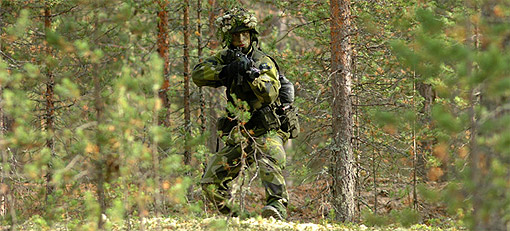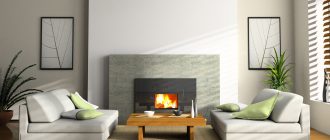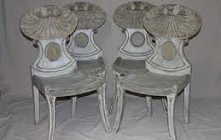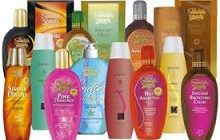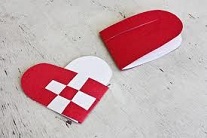Looking for Swedish M90 camouflage? Read on to find out what makes this type of camo different from the others…
Swedish M90 camo (also called Swedish M90 camouflage) exhibits certain characteristics that distinguish it from other types of camouflage. Although one might assume that camouflage developed by a Nordic country would be tailor made for a Nordic-type climate alone that is not necessarily the case when it comes to Swedish M90 camo.
M90 camo first appeared in the late 1980s. Perhaps “appeared” is the wrong term to use to describe camouflage. Regardless, it achieved widespread usage by the early 1990s. M90 was originally designed to replace the olive green M59 field uniform. M90 itself comes in several different models.
As with most types of camouflage colors comprise an all important feature. M90 camo is made up of four colors: a dark green, a medium green, and a dark navy blue on a light beige-coloured background. Perhaps the most striking feature of this color combination is the inclusion of a dark blue. One should not assume, however, that the dark blue is included on a whim or that its inclusion is an oversight or a mistake. From even a fairly short distance dark blue is perceived by the human eye as representing a shadow. This allows M90 to effectively serve its purpose of concealment in areas that contain varying amounts of foliage and forested growth. Even the most amateur of painters are aware that natural shadows are never really purely black.
Not all camouflages referred to in general terms as M90 camo are alike. There are several varieties of m90 camo designed to suit different needs and purposes.
Although M90L retain the basic color patterns of the original M90 it is made from lighter weight fabrics more suitable for troops operating in hotter climates.
M90H features a bright orange lining. The H in M90H stands for helicopter. Military operations involving helicopters often involve the need for concealment as well as the need for easy and rapid identification – a need served well by turning out the bright orange lining.
M90P adds padding on elbow and knees areas as well as suspenders and penholders on the sleeves. The “P” does not stand for padding it stands for panser, a Swedish word for tank. These variations from the M90 standard, as well as thicker fire resistant material, are well suited for troops serving in armored tank divisions.
The K in M90K stands for khaki. The khaki fabric utilized in making M90K is even lighter weight than the light weight fabric used for M90L. This makes M90K better suited for extremely hot desert areas.
Lastly, M90F is so named for the Swedish word for field (falt). This is now considered the standard version of M90 camo. In whatever field M90 camo is found it is designed to serve its multiple purposes well.

